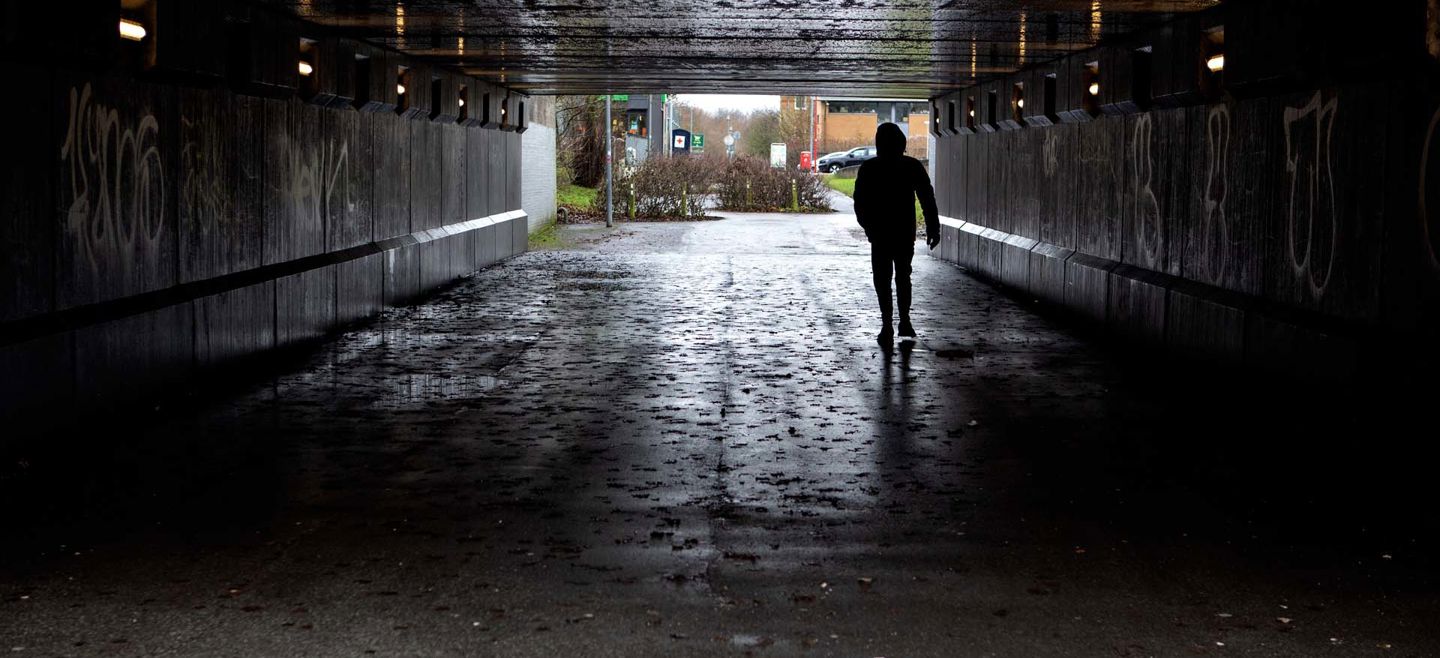Scientific article 29. APR 2025
Lowering the Minimum Age of Criminal Responsibility: Consequences for Juvenile Crime
Authors:
- Anna Piil Damm
- Britt Østergaard Larsen
- Helena Skyt Nielsen
- Marianne Simonsen
Children, Adolescents and Families
Children, Adolescents and Families

Objectives
The questions of when and how society should sanction juvenile offenders are subject to ongoing political and scientific debates. In this study, we use a policy reform that lowered the minimum age of criminal responsibility from 15 to 14 years for a 20-month period to investigate whether lower age limits of prosecution and conviction in the legal system affect juvenile crime.
Methods
In a quasi-experimental design, we compare monthly crime rates for cohorts of 14-year-olds before, during, and after the temporary reform while controlling for the downward trend in youth crime. We use population-wide administrative registers (N = 162,959 individuals) to estimate individual-month panel data models as well as a range of robustness checks.
Results
We find no evidence that lowering the minimum age of criminal responsibility reduced the probability of committing crime among 14-year-olds. In fact, we observe an important increase in reported crimes during the reform, most evident among 14-year-olds with prior offending records. We find no reform effects on crime rates among 13-year-olds and 15-year-olds and the reported findings of no general deterrent effects are consistent across different crime types and robust to model specifications.
Conclusions
The age limits in the legal systems vary greatly across different jurisdictions and political discussions of when juvenile offenders should enter the criminal justice system are enduring. The findings from this study highlight important policy implications as the "tough-on-crime" motivated reform did not have the intended crime-reducing effects
The questions of when and how society should sanction juvenile offenders are subject to ongoing political and scientific debates. In this study, we use a policy reform that lowered the minimum age of criminal responsibility from 15 to 14 years for a 20-month period to investigate whether lower age limits of prosecution and conviction in the legal system affect juvenile crime.
Methods
In a quasi-experimental design, we compare monthly crime rates for cohorts of 14-year-olds before, during, and after the temporary reform while controlling for the downward trend in youth crime. We use population-wide administrative registers (N = 162,959 individuals) to estimate individual-month panel data models as well as a range of robustness checks.
Results
We find no evidence that lowering the minimum age of criminal responsibility reduced the probability of committing crime among 14-year-olds. In fact, we observe an important increase in reported crimes during the reform, most evident among 14-year-olds with prior offending records. We find no reform effects on crime rates among 13-year-olds and 15-year-olds and the reported findings of no general deterrent effects are consistent across different crime types and robust to model specifications.
Conclusions
The age limits in the legal systems vary greatly across different jurisdictions and political discussions of when juvenile offenders should enter the criminal justice system are enduring. The findings from this study highlight important policy implications as the "tough-on-crime" motivated reform did not have the intended crime-reducing effects
Authors
About this publication
Published in
Journal of Quantitative Criminology
